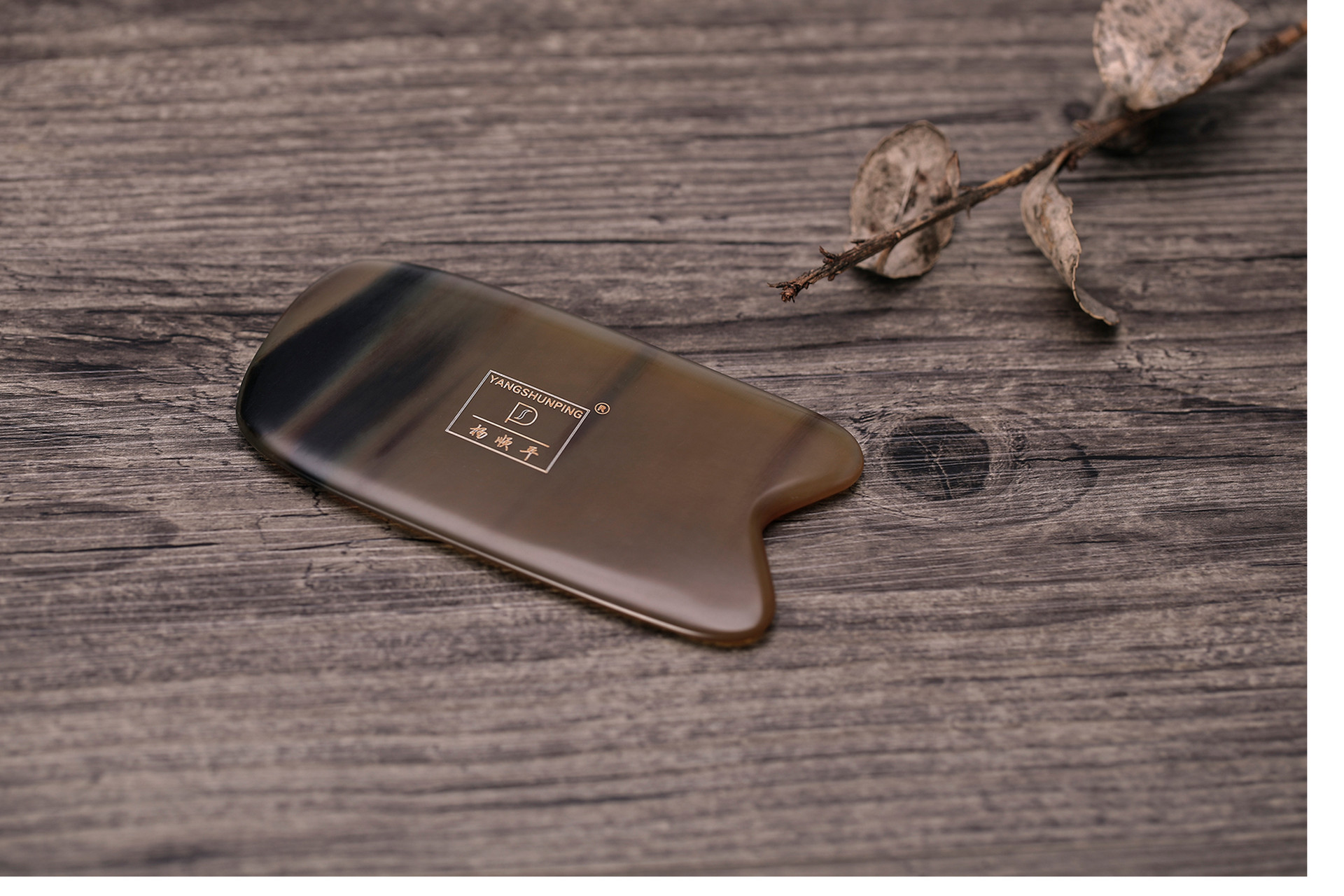1. Gua Sha Therapy
Gua Sha is one of the traditional Chinese medical therapies. It combines the principles of Chinese meridian theory and involves scraping the skin to promote the flow of meridians, regulate organ functions, expel pathogenic factors, clear heat and toxins, and awaken the senses. It is a physical external treatment method with remarkable therapeutic effects and safety.
2. Mechanism of Gua Sha
1. The stimulation of skin acupoints and meridians during scraping can activate the qi of the meridians, adjust the functions of organs through meridian conduction, balance yin and yang in the body, and enhance the body's ability to resist diseases.
2. The use of medicated media can be absorbed through the skin acupoints, penetrate into the bloodstream, and exert good pharmacological effects.
3. Procedure of Gua Sha
Hold the Gua Sha board and use wrist and arm strength to scrape the skin gently. The angle between the edge of the Gua Sha board and the skin should be about 45 degrees. The appearance of sha marks or petechiae indicates successful scraping.
4. Precautions of Gua Sha
1. The Gua Sha tools must be regularly disinfected.
2. Avoid bathing within 3 hours after Gua Sha.
3. If symptoms such as pale complexion, cold sweat, dizziness, palpitations, restlessness, cold limbs, and confusion occur during Gua Sha, it is a sign of fainting. Stop Gua Sha, let the patient lie down, drink warm water, and in severe cases, apply acupuncture to Baihui, Renzhong, Neiguan, and Zusanli acupoints.
5. Contraindications of Gua Sha
1. Do not scrape areas with skin allergies or ulcers.
2. Patients with bleeding disorders such as thrombocytopenia, leukemia, and allergic purpura should not undergo Gua Sha.
3. Be cautious in scraping the lower abdomen during menstruation and avoid scraping the lower abdomen and Hegu acupoint during pregnancy.
4. Avoid Gua Sha for excessively fatigued individuals.
6. Characteristics of Sha Marks
1. The color of sha marks can be bright red, dark red, purple, or black.
2. The shape of sha marks can be scattered, dense, or in patches. Those with a heavy dampness pathogen may appear as vesicles.




